It's Time to Fix Our Fragile Food Systems
Editor’s Note: The pandemic has revealed as never before the fragility of our food supply. Within weeks of the coronavirus hitting the United States, we began reading news stories of animals being slaughtered, milk dumped, and crops left to rot in the fields; our long, increasingly complicated global supply chains just couldn’t adapt fast enough to the changing realities. To be truly strong, our towns and cities must develop resilient food economies. This is both important and urgent. (In fact, “Get people fed” is the very first recommendation we make in The Local Leader’s Toolkit, our free ebook on how local leaders should be responding to the pandemic.) This week, we will be running several articles on food, restaurants, and the food economy. We hope you glean ideas for how you can cultivate a more resilient food supply in your own community. We kick off Food Week with this article from Strong Towns founder and president Chuck Marohn.
I’ve been worried about our food supply since long before the pandemic. In fact, I can specifically point to the moment in 2008 when Nancy Pelosi—standing next to Treasury Secretary Hank Paulson, who was acting on behalf of president George W. Bush— suggested that without Congress immediately approving hundreds of billions in emergency spending, there was a good chance there would be no food on the store shelves within 72 hours. It might have been Paulson who suggested it and Pelosi repeated it but, either way, it’s the same impact. The idea that such an outcome is even a possibility should frighten everyone.
Many of you know that I grew up on a farm. We always had abundant food of really high quality, but I remember as a kid being envious of my friends who had more pizza, Doritos, and McDonald’s than I got. When I was in the Army, I was exposed to something they called “steak” which my fellow troops from the inner-city sang songs about (literally—they thought it exquisite), but I found disgusting. I knew what steak was: we had it twice a week, from cows I helped deliver, raise, and butcher. The Army’s boiled shoe leather wasn’t steak. When the pandemic began, I was already nervous about our food supply, especially the aspect of timing. When something like beans are ready to be picked, you have basically a four- or five-day window when you can pick them. After that, they start going bad, and the quality goes way down. Same for nearly every crop. There is a timing aspect to farming that many people who haven’t been around it don’t appreciate, and it goes beyond harvesting to planting, applying fertilizer, pulling weeds, and many other tasks.
Well, what happens when there is an outbreak and your workforce is unavailable for those five days? What if the fertilizer you need to apply doesn’t show up until a week after the window for applying it? What if the migrant labor you are used to employing is in quarantine somewhere or restricted from crossing a border?
The system of planting, growing, harvesting, processing, and delivering our food is long and complicated. When farmers were killing their chickens and hogs in the early days of the pandemic—not because there weren’t hungry people who would use them but because there was no market mechanism to switch supply chains rapidly enough to preserve the value of the livestock—it set off alarm bells.
We have no slack in this food system, yet almost all of us depend on it to survive.
“Local food is the easiest and most immediately profitable way for a community to build its resiliency.”
Local food is the easiest and most immediately profitable way for a community to build its resiliency. Nearly every community in North America could produce the bulk of its own food and have the security that comes with it.
Instead of paying transportation costs for a global supply chain, that money shifts to paying local labor. Instead of shipping your money out of the community, it passes around within, growing your wealth.
And let’s just be clear: local food generally tastes better. It’s fresher, requires fewer preservatives and chemicals, and is full of flavor. Once you’ve had farm fresh eggs, it’s really hard to buy them from the big box grocery store (where, in my experience, the cost is the same).
With local food, a community can grow more resilient, build its own wealth, provide opportunity for local entrepreneurs, and enjoy a higher quality of life in the process. It’s very Strong Towns.
Getting started is not hard. If you don’t want to grow or raise anything yourself, join a CSA and give your support to someone who does. Commit to going to the local farmer’s market and plan your meals around what you find there. You won’t be overpaying to “buy local” either; this is just a matter of switching your habits.
If you do think growing food or raising animals might be for you, start small and give it a try. A small garden in the backyard or switching out some of your non-edible plants for food is really easy. I have blueberries and raspberries between the roses and azaleas. It looks good and the fruit is great.
My parents still live on the Marohn farm and that has given me an opportunity to start my own garden. They allowed me to till a little bit of space next to theirs this spring and put a fence around it to keep the deer out. I didn’t want a huge space—it’s less than half the size of their garden—yet we’ve been overwhelmed with the bounty. We’ve already frozen enough vegetables for most of the winter and there’s more to come.
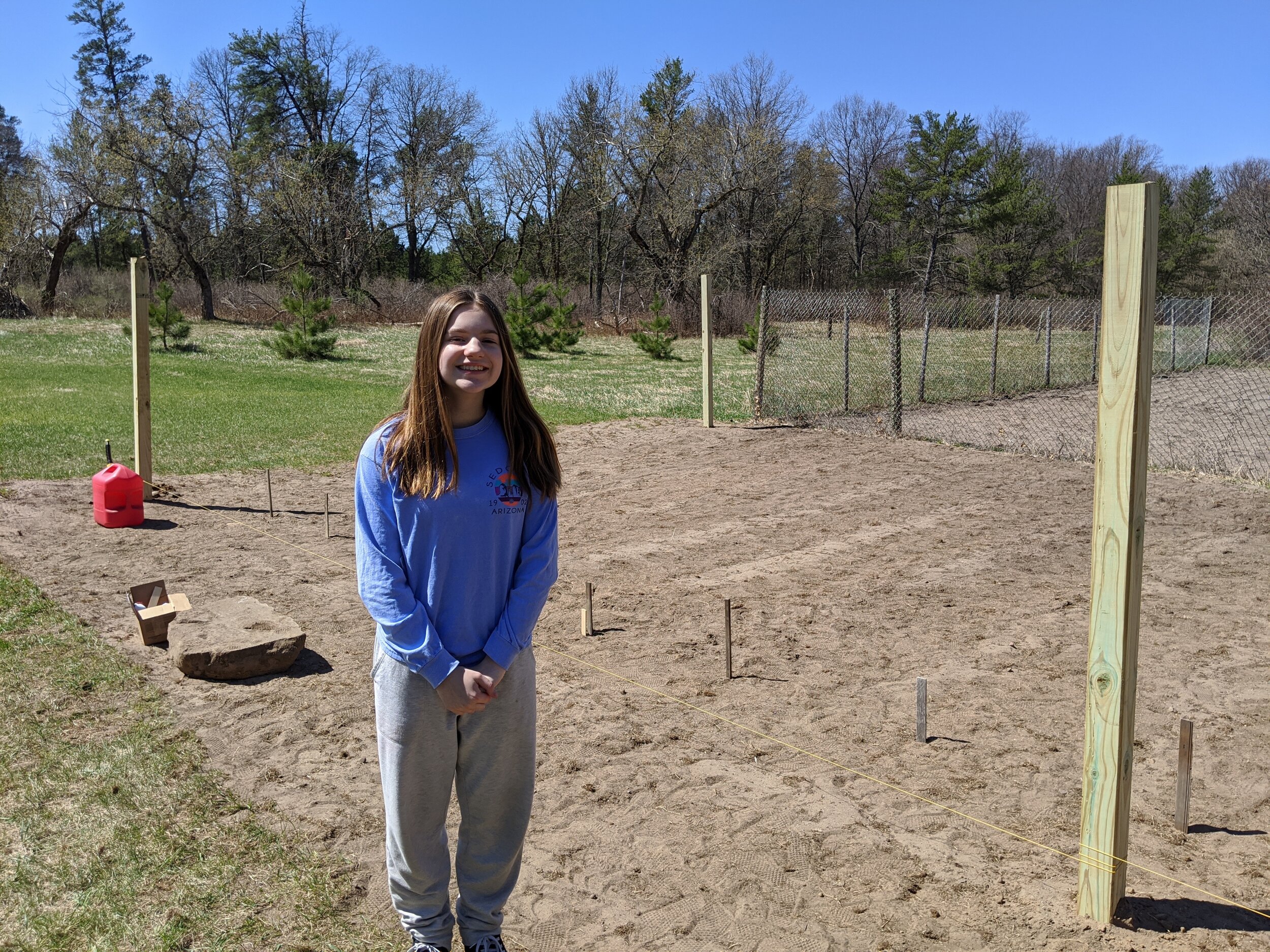

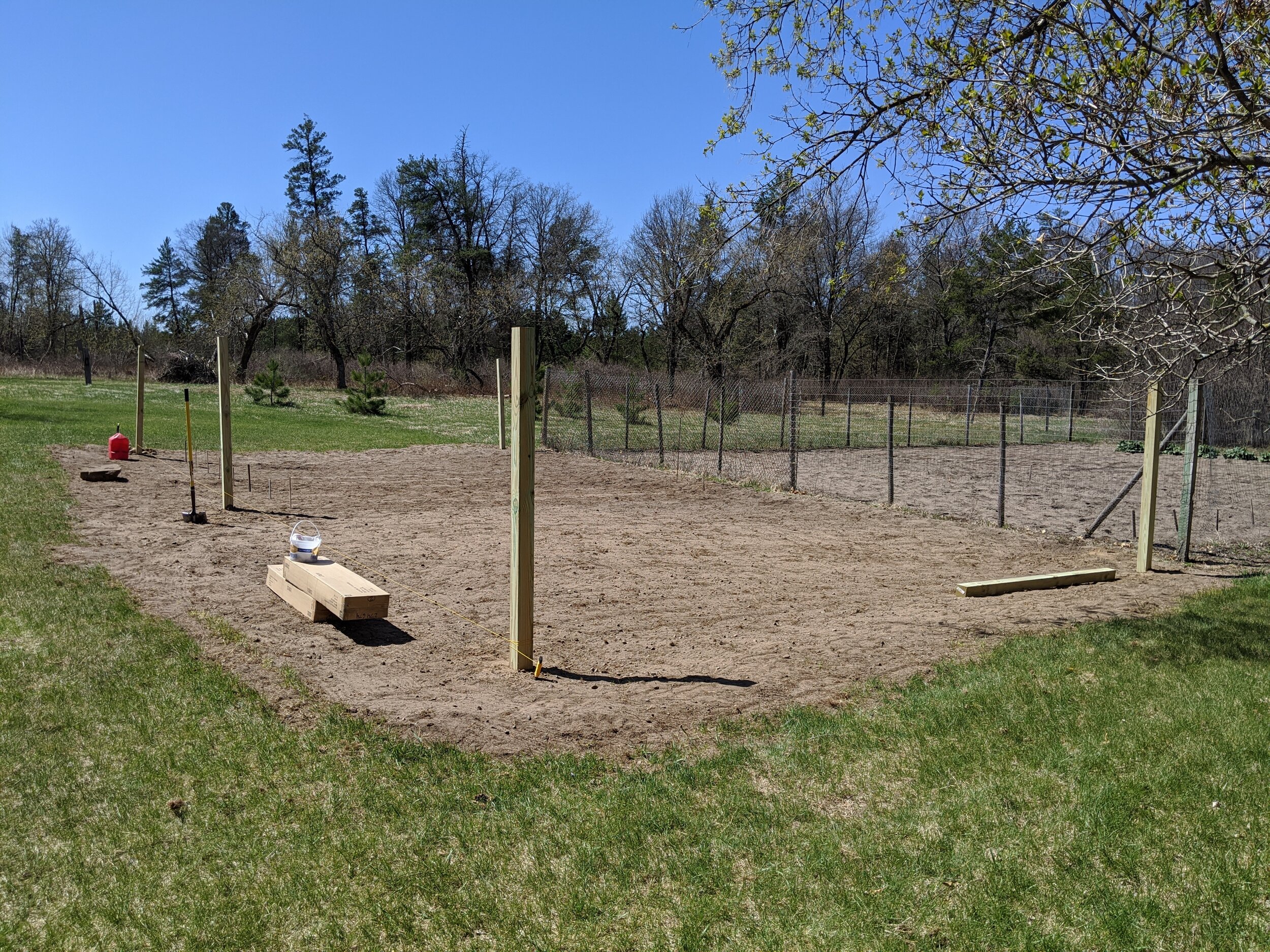
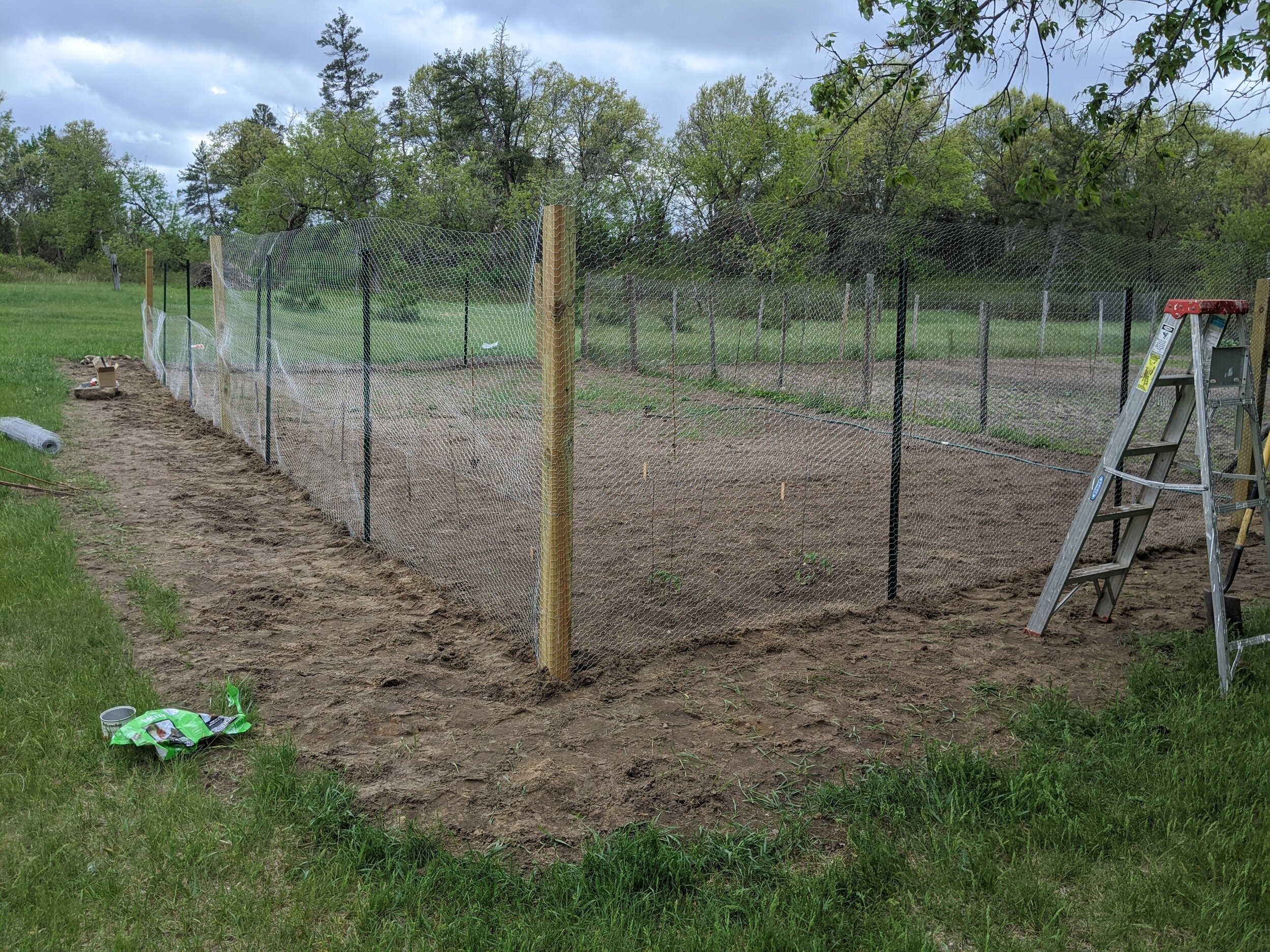
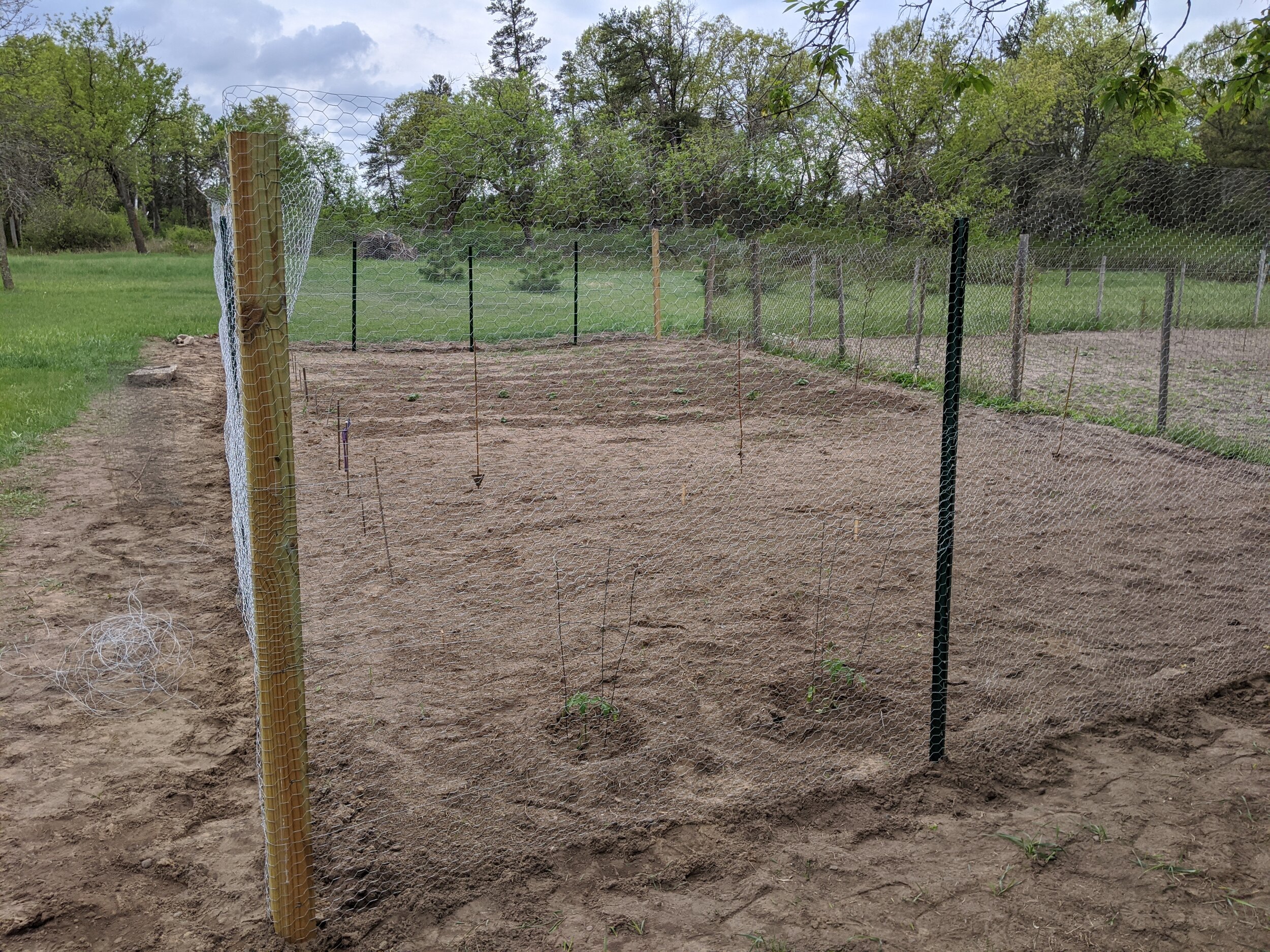
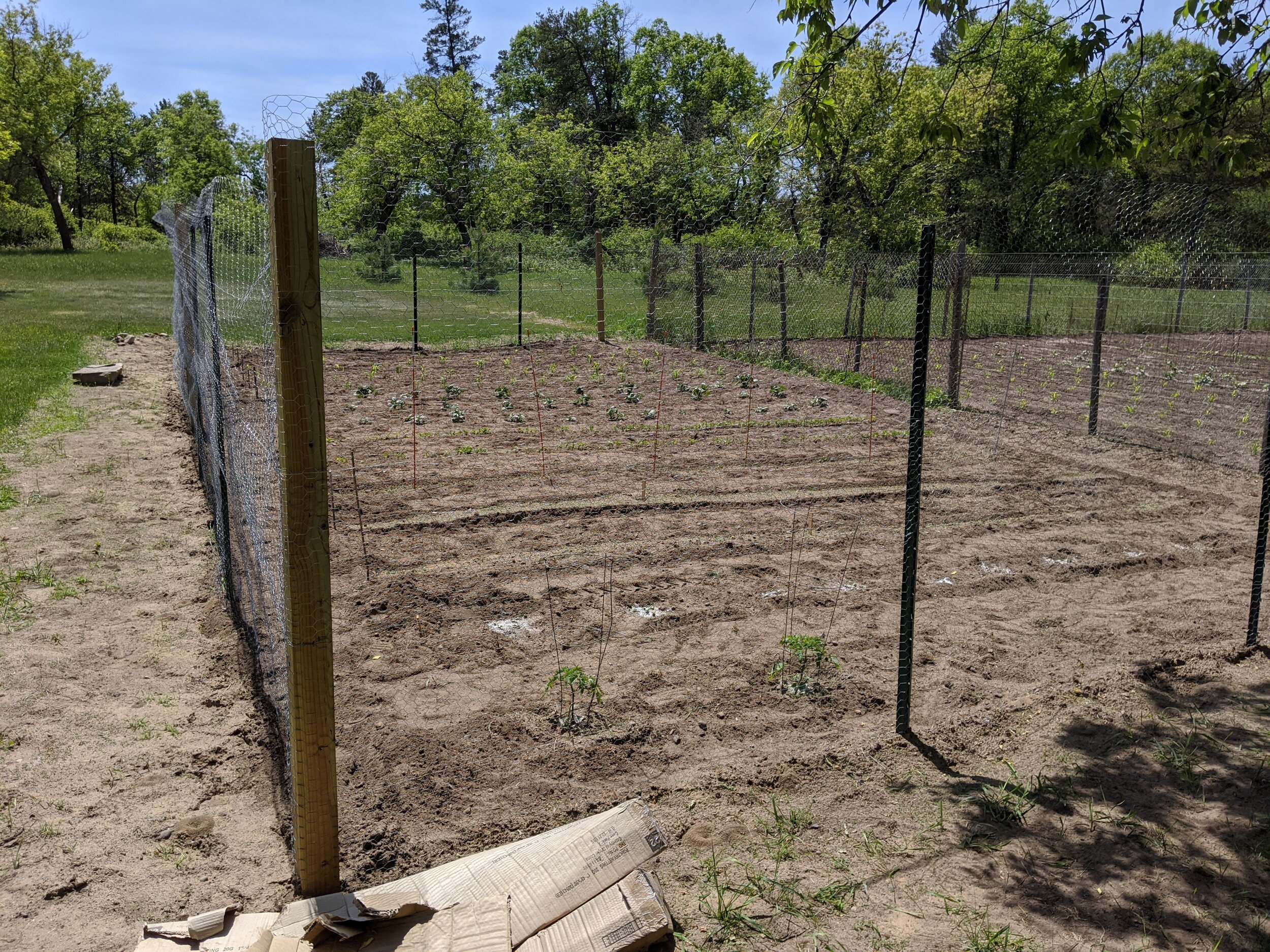


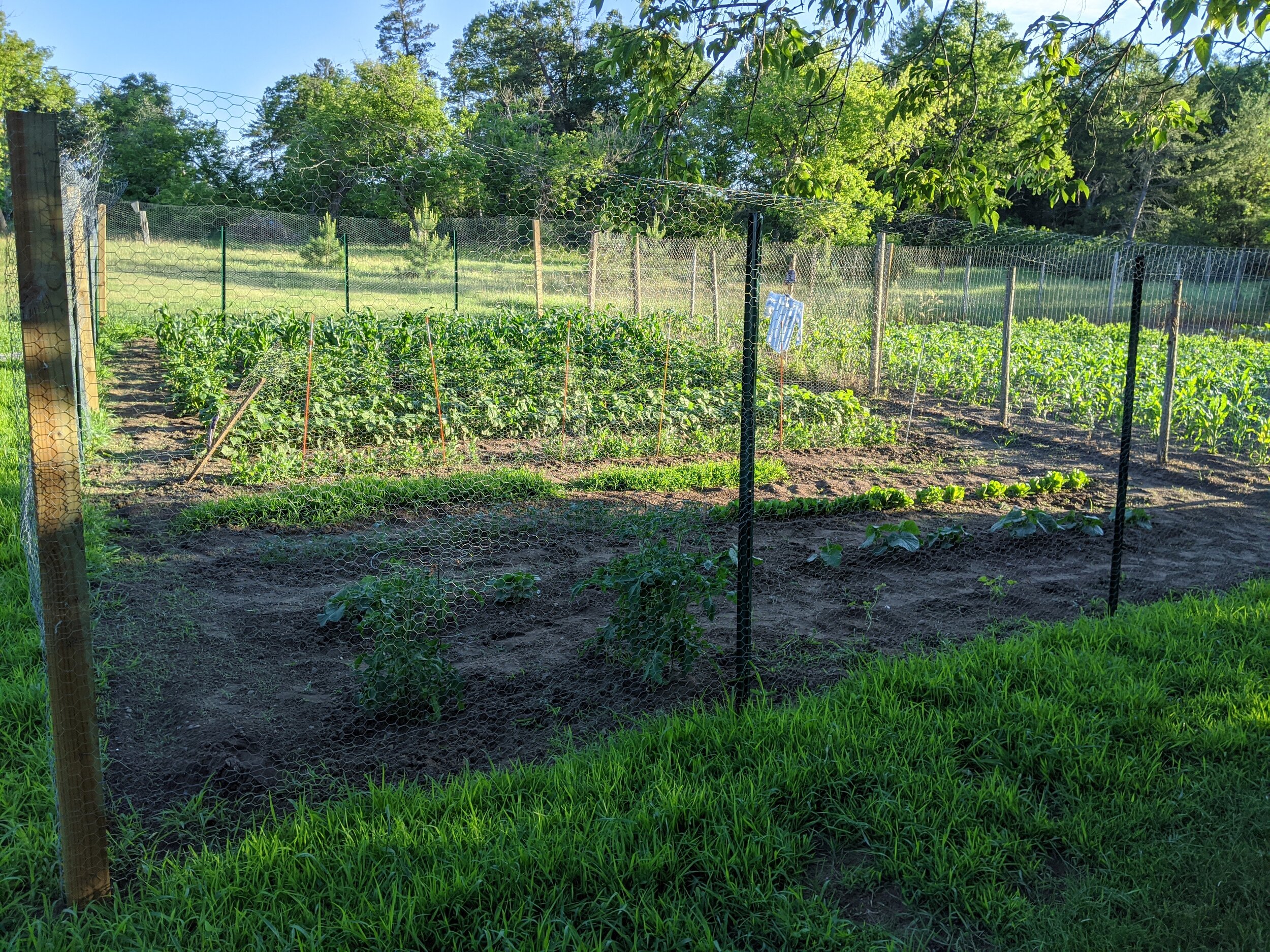
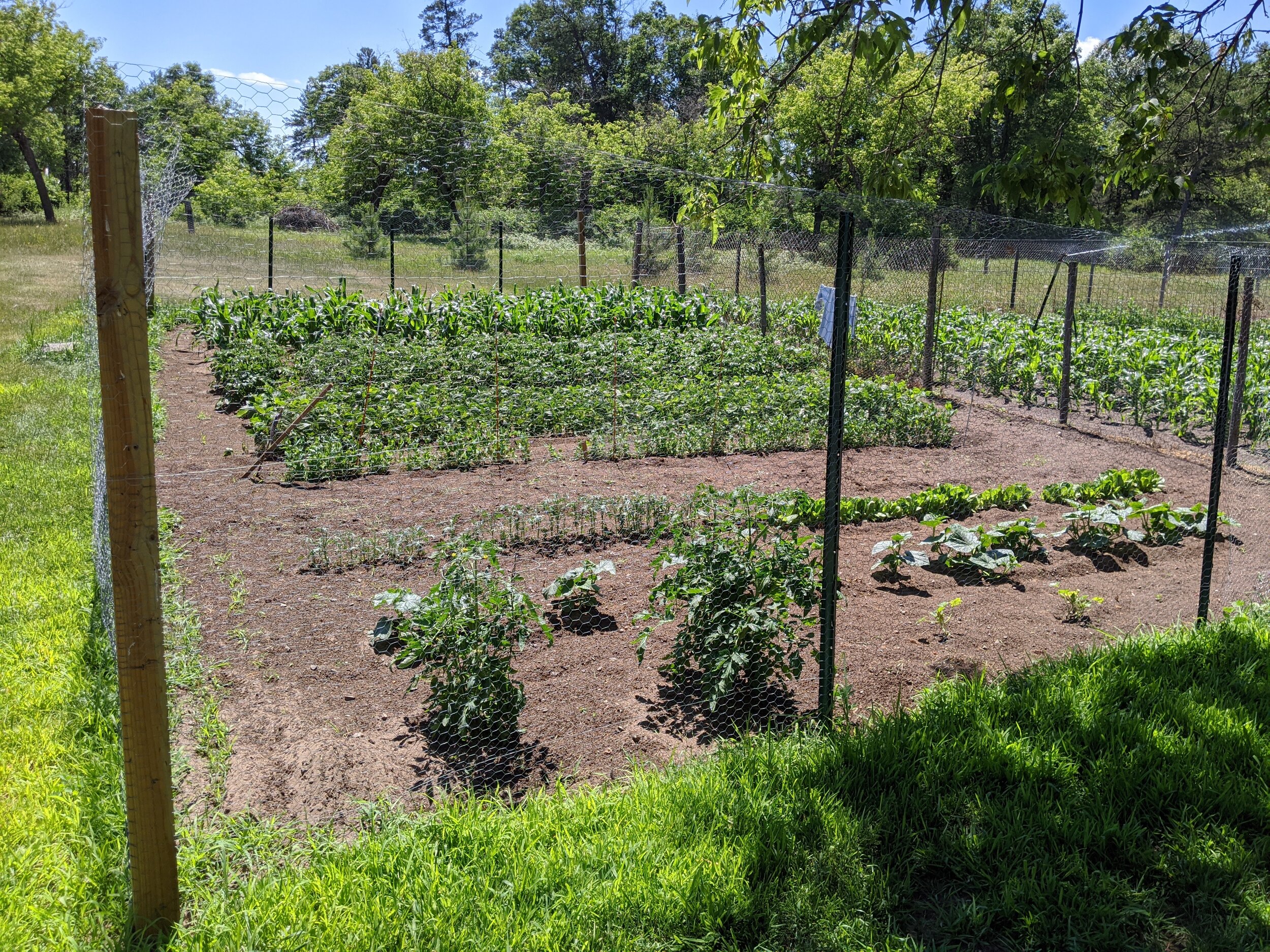
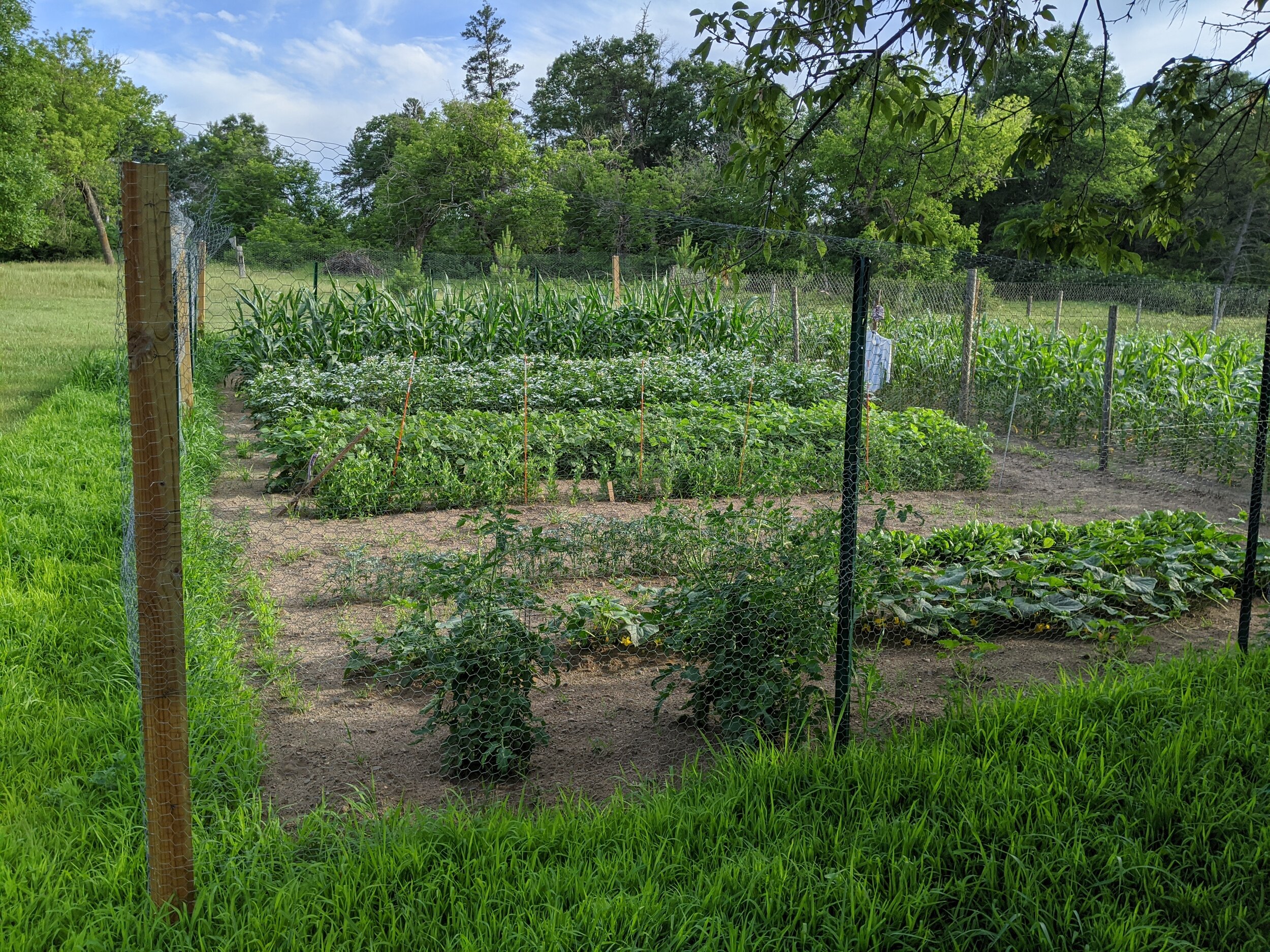
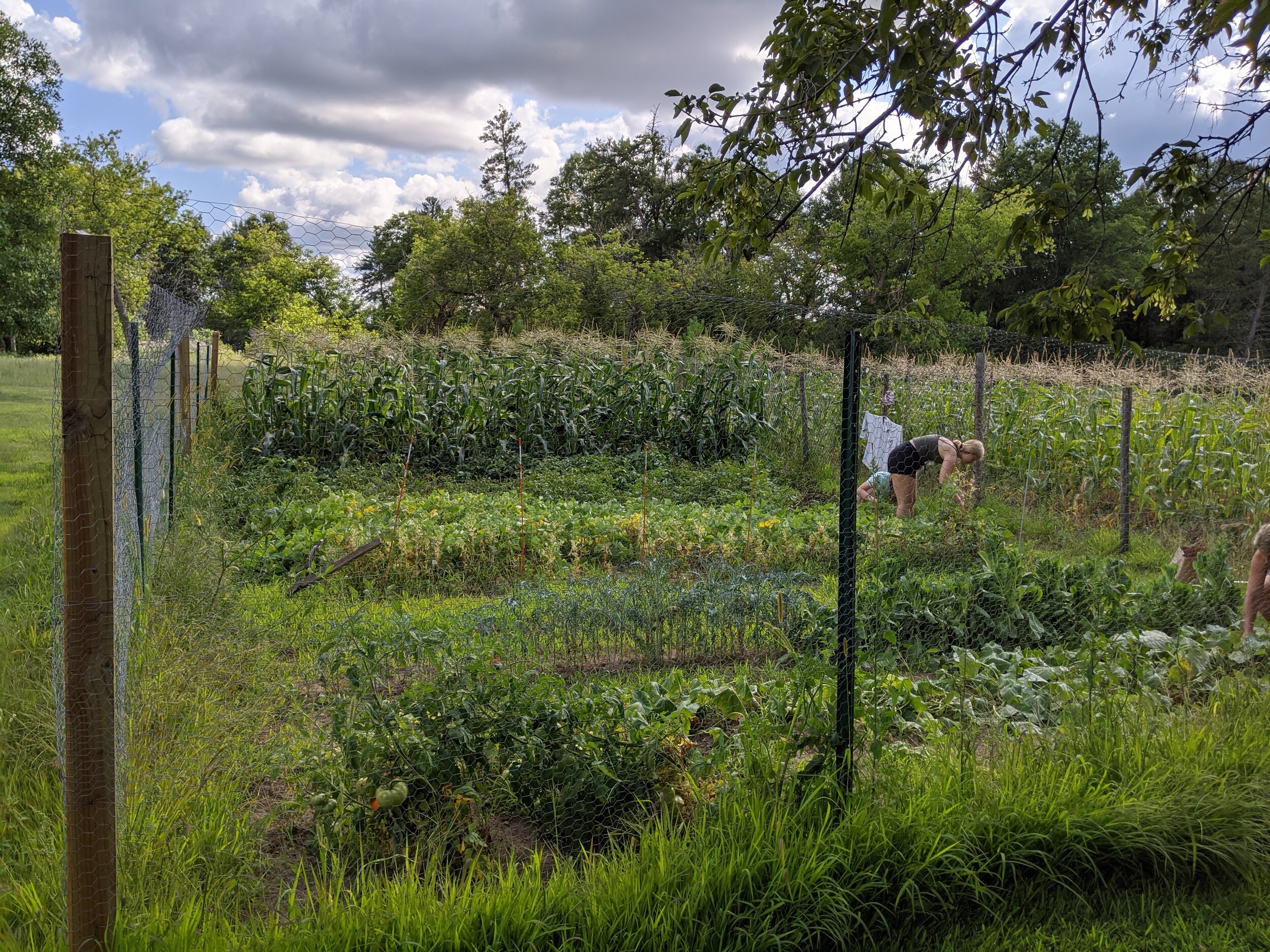
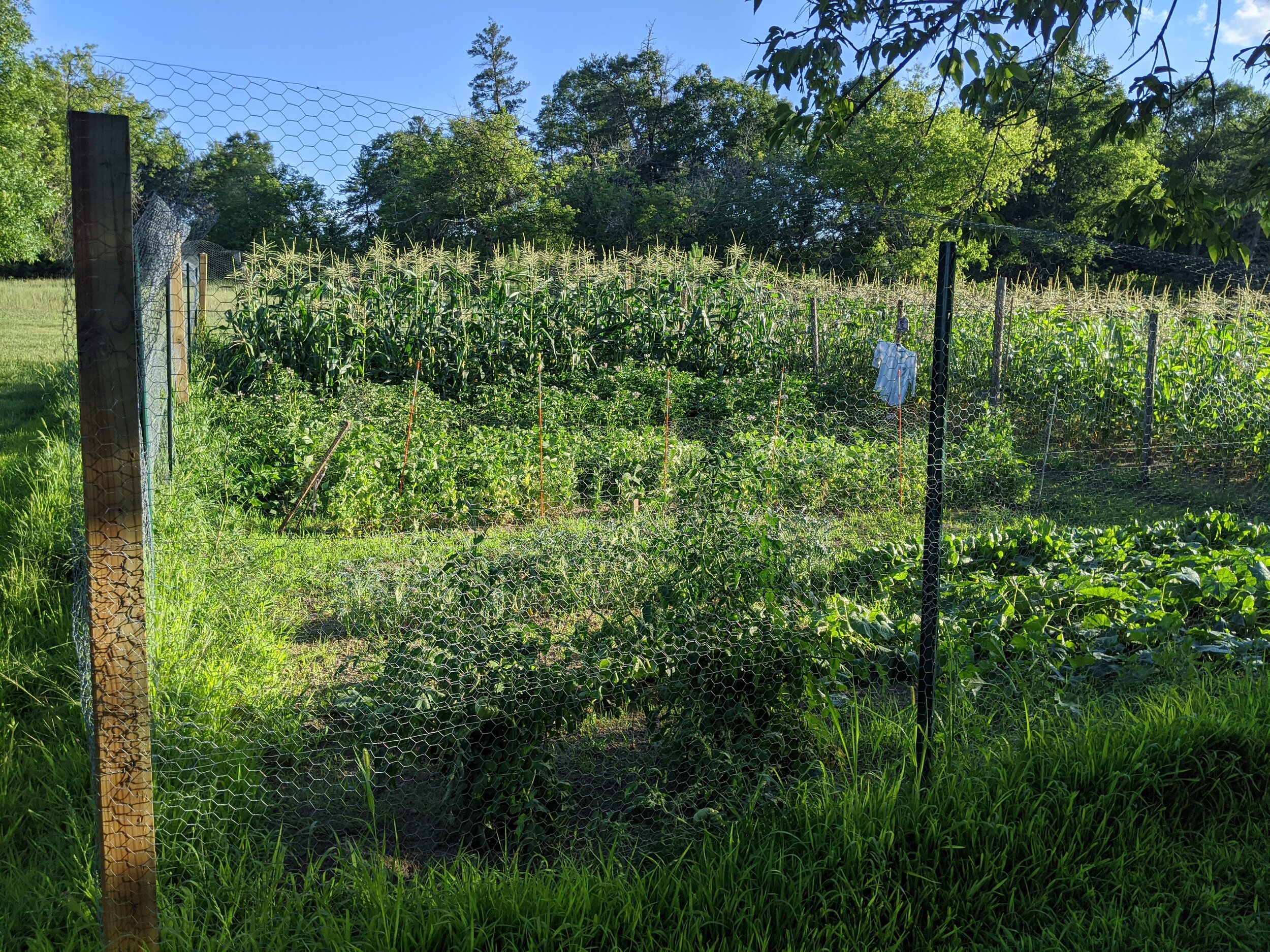
For us, the food has been great, but the family time has been even better. It has meant a lot to me and my parents for them to be able to instruct me on just how to plant, maintain, and harvest. There is so much wisdom there I didn’t have, and I’m grateful to gain it. I was able to exchange my labor—I did all the tilling, which is tough for my parents to do—and that has seemed a very fair trade.
My kids have also been involved during the entire process, another generation learning these essential skills. My wife has seemed to enjoy it, although the burden of harvesting fell disproportionately on her once I broke my foot on July 5. The best part, however, has been the many hours of sitting on the porch after working in the garden, drinking a cool beverage, talking with my parents. In a pandemic where we’ve all experienced isolation, adding them to my safe circle has been rewarding for everyone.
Having grown up among farmers, I suspect there are many that would be willing to undertake such an arrangement, even with non-relatives. If you can demonstrate that you’re honest, gentle, respectful, and committed, there are lots of farmers with extra space who would gladly trade its use for some labor, some companionship, and an opportunity to teach you how to do something they love.






Shelby Wild is a mom, a lifelong gardener, and executive director of Route One Farmers Market in her hometown of Lompoc, California.